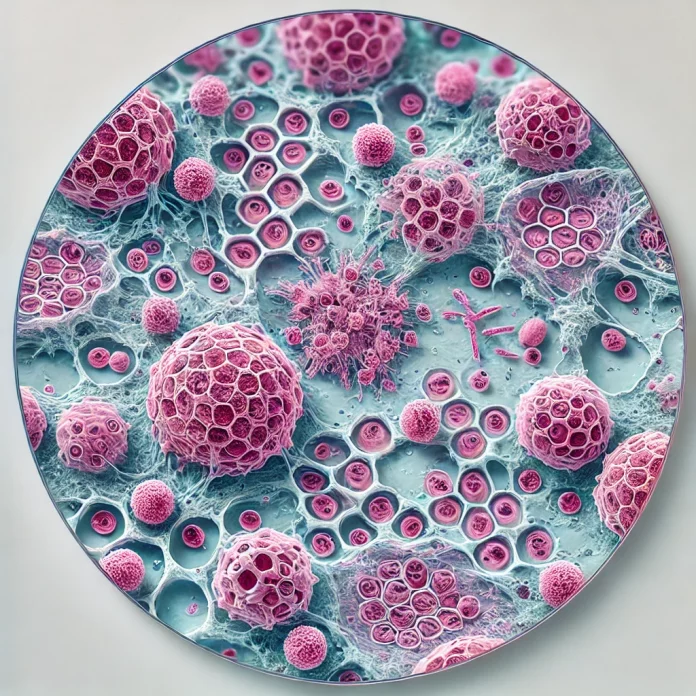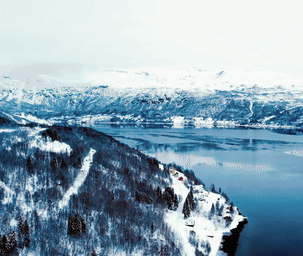New study finds minimal pathogen risk in wild Norwegian salmon and sea trout.
A recent investigation conducted by the Institute of Marine Research (IMR), commissioned by the Norwegian Food Safety Authority, has found a low prevalence of significant pathogens among wild Atlantic salmon postsmolts and sea trout sampled from Boknafjorden, Hardangerfjorden, and Hitra in 2023.
The pathogens screened included infectious salmon anemia virus (ISAV), salmonid alphavirus (SAV), piscine orthoreovirus 1 (PRV-1), piscine myocarditis virus (PMCV), and Renibacterium salmoninarum, the causative agent of bacterial kidney disease (BKD). Fish were tested as part of Norway’s national salmon lice monitoring program.
Decades of data re-examined: Salmon farms pose minimal risk to wild stocks says study
Results revealed very low occurrences of infections. Specifically, SAV was detected at low concentrations in only three postsmolts from Boknafjorden and Hardangerfjorden. ISAV was found in two postsmolts and one sea trout, while PRV-1 appeared in six postsmolts across both fjords. PMCV was identified in nine fish from both locations, with one sea trout from Hitra also testing positive. No cases of Renibacterium salmoninarum were detected in any sampled fish.
The detected viruses presented low viral loads, raising the possibility of weak or false-positive results. The authors concluded that these findings align with previous data, indicating minimal pathogen impact from aquaculture activities on wild salmon populations in these regions.
This Norwegian study follows recent research from North America published in Aquaculture, Fish and Fisheries, which reviewed two decades of pathogen monitoring data. The North American study similarly concluded that salmon farming poses minimal pathogen risks to wild salmon populations. Both studies reinforce the view that pathogen transmission from aquaculture to wild salmonids is significantly lower than previously feared.


